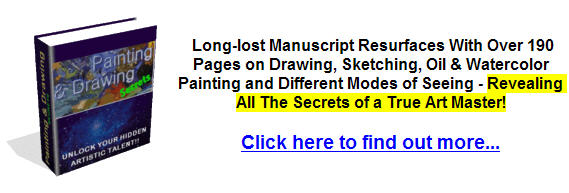Oil Painting Techniques to Create Shades And Forms
Oil painting is the most practiced forms of art painting since the introduction of oil paints into the world market. Using oil paints brings forth flexibility to your painting experience. You can use oil paints for thin shiny coatings or as thick Impastos. Approaches to oil painting All activities related to learning oil painting involves the creation of essential painting structures, based on five major polygon shapes. These are the cone, cube, cylinder, sphere and doughnut shapes. Color blending is the art of changing the color of oil paints. Oil paints take time to dry, which makes it easy to mix the paints until your preferred blend shows up. Creating contrasts Contrast is the difference in intensity of the brightest and the darkest colors in regards to oil paints. This encompasses setting of the colors value scale, which determines the contrast. Color Matching also comes handy in oil painting. It involves harmonizing oil paints to achieve a blend that an artist will prefer to work with. Creating contrasts is a determining factor of the sharpness of the final painting. This sharpness in turn determines whether the surface of the painting will be of a fine or rough texture, which is an important factor in oil painting. Creating shadows Shadowing also comes handy in oil painting. There are two categories of shadows namely cast and proximity Shadows. A cast shadow refers to the darkness in oil paintings, whilst proximity shadows are the dim shades because of contact between paintings. These are the see-through coatings on pictures made from oil paints. They are responsible for darkening of colors; while on the other hand, washes are the translucent oil paint layers. These use partially opaque oil paints. Texture modus operandi as regards oil painting To create surface textures of exceptional quality, it is important to have a number of paintbrushes. Using varied bristle sized brushes also helps an artist to boast their proficiency in using oil paints. When creating a wash, you should dilute the oil paint in use to reach a light consistency such as that of water. It worthwhile to use wide bristle brushes on such paints to achieve amazing oil paintings. Impasto painting Impasto involves creation of thick layers of oil paints and consequently blending them using impasto knives. To pull off excellent fading, it is important to create tints as well as shades of satisfactory standards. You can do this by adding white color to the oil base color. The tint becomes lighter with each addition of white color. Shades are on the hand achieved by adding black color to the base color. The intensity of the shade is as in the case for creating tints, the more black color added, the darker the shade will be. Combine techniques When you combine techniques, you are able to create striking effects. For example, you can make the sky look washed with some bluish tint. Then, use the impasto technique for the clouds, which you later glaze with another shade. For trees and flowers, paint with the desired color then glaze, the areas you desire to accent with a different color. | |
|


Master the Colours DVD...

|
Although every attempt has been made to make information as accurate as possible, we are not responsible for any errors that may appear.
© Copyright 2015, OilPaintingTechniquesLessons.com. All Rights Reserved.





